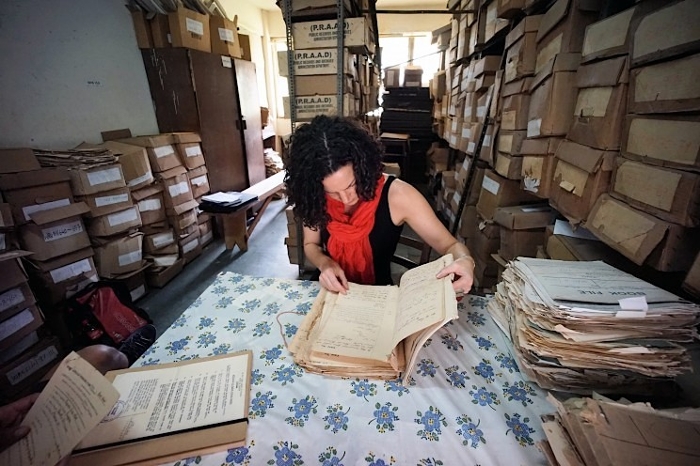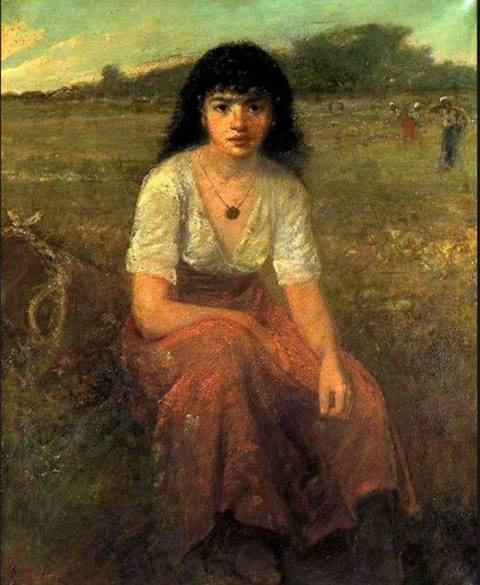The Distinction Between Slavery and Race in U.S. HistoryPosted in Articles, History, Media Archive, Slavery, United States on 2016-11-30 21:04Z by Steven |
The Distinction Between Slavery and Race in U.S. History
African American Intellectual History Society (AAIHS)
2016-11-27
Patrick Rael, Professor of History
Bowdoin College, Brunswick, Maine
The history of the Electoral College is receiving a lot of attention. Pieces like this one, which explores “the electoral college and its racist roots,” remind us how deeply race is woven into the very fabric of our government. A deeper examination, however, reveals an important distinction between the political interests of slaveholders and the broader category of the thing we call “race.”
“Race” was indeed a critical factor in the establishment of the Constitution. At the time of the founding, slavery was legal in every state in the Union. People of African descent were as important in building northern cities such as New York as they were in producing the cash crops on which the southern economy depended. So we should make no mistake about the pervasive role of race in the conflicts and compromises that went into the drafting of the Constitution.
Yet, the political conflicts surrounding race at the time of the founding had little to do with debating African-descended peoples’ claim to humanity, let alone equality. It is true that many of the Founders worried about the persistence of slavery in a nation supposedly dedicated to universal human liberty. After all, it was difficult to argue that natural rights justified treason against a king without acknowledging slaves’ even stronger claim to freedom. Thomas Jefferson himself famously worried that in the event of slave rebellion, a just deity would side with the enslaved…
Read the entire article here.





